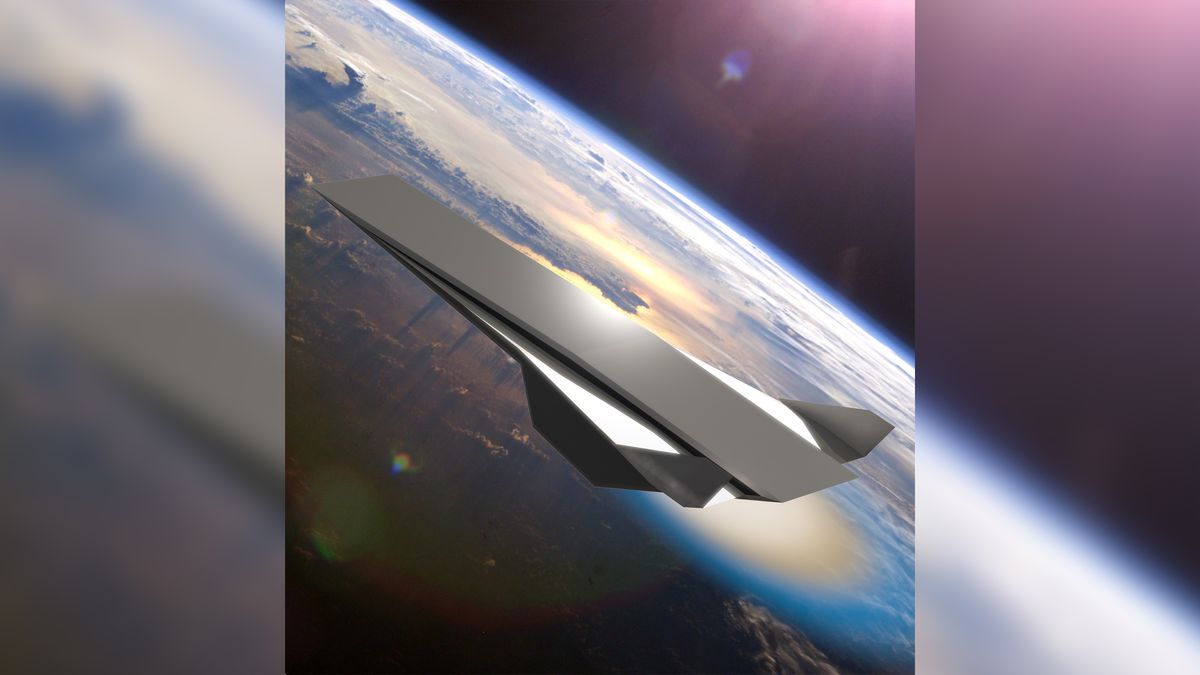
Rather than it destroying buildings, as you saw in Lebanon, now I want to use it and produce thrust with it," Ahmed told Live Science.
The concept works by funneling a mixture of air and fuel at hypersonic speeds (more than five times the speed of sound) toward a ramp, which creates a shock wave.
In theory, this detonation should be able to propel an aircraft at up to 17 times the speed of sound, say the researchers, which could be fast enough for spacecraft to simply fly out of the atmosphere, rather than needing to hitch a lift on rockets.
The main difficulty, Ahmed said, lies in preventing the detonation from traveling upstream toward the fuel source, where it can cause serious damage, or further downstream, where it will fizzle out.
By carefully balancing the proportions of the air-fuel mixture, the speed of the gas flow and the angle of the ramp, they were able to generate a detonation that remained fixed in position for around 3 seconds.That's long enough to confirm that the detonation was stabilized in a fixed position and was not travelling up or downstream, Ahmed said, which is a first, major step toward realizing a real-life ODWE.
They had to use glass in their initial tests so that they could make optical measurements of the detonation, but if they were to replace them with metal sides they should be able to run the detonation for much longer, he said.